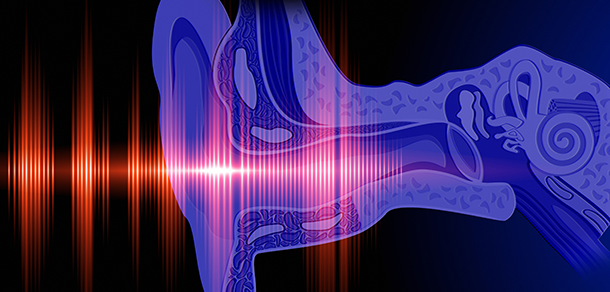Ear canal biometrics shows promise as authenticator, patent filed
25 October, 2019
category: Biometrics, Digital ID
As biometric authentication techniques work to reduce the need for passwords, researchers and companies are seeking out new ways – including ear canal biometrics – to make sure people are who they say they are.
Sound is introduced into a person’s ear, and that sound is eventually not only absorbed by the person’s ear canal but reflected back to a microphone that is part of the device.
Upon first consideration, ear canals might not have the highest appeal, given that they are not exactly the most glamorous part of a person’s body. But fresh research is opening up the possibility that ear canal biometrics, according to one recent overview of the research, could help reduce the “the need for passcodes, fingerprints, facial recognition and other biometrics.”
Ear canal biometrics via EarEcho
For the time being, the focus on ear canal biometrics is centered around a device called EarEcho. According to another summary, that device “uses modified wireless earbuds to authenticate smartphone users via the individual geometry of their ear canal.”
EarEcho is a product of research and development from University at Buffalo computer scientist Zhanpeng Jin, and that university’s Technology Transfer office has filed a provisional patent application for the device. An EarEcho prototype reportedly has already achieved 95 percent accuracy.
The general idea is to enable consumers to use EarEcho-equipped headphones to unlock their smartphones.
Here’s how ear canal biometrics work: Sound is introduced into a person’s ear, and that sound is eventually not only absorbed by the person’s ear canal but reflected back to a microphone that is part of the device. Those actions produce a pattern specific and unique to the person using the device. That data travels via Bluetooth connection to the user’s smartphone. And that, in turn, enables biometric authentication. Right now, the entire process reportedly takes no more than one second, at least for the vast majority of subjects involved in tests of the technology to date.
“It doesn’t matter what the sound is, everyone’s ears are different and we can show that in the audio recording,” Jin has said. “This uniqueness can lead to a new way of confirming the identity of the user, equivalent to fingerprinting.” Specific use case for ear canal biometrics are still being crafted, but this news shows how that we have not exhausted the potential list of future biometric modalities.




